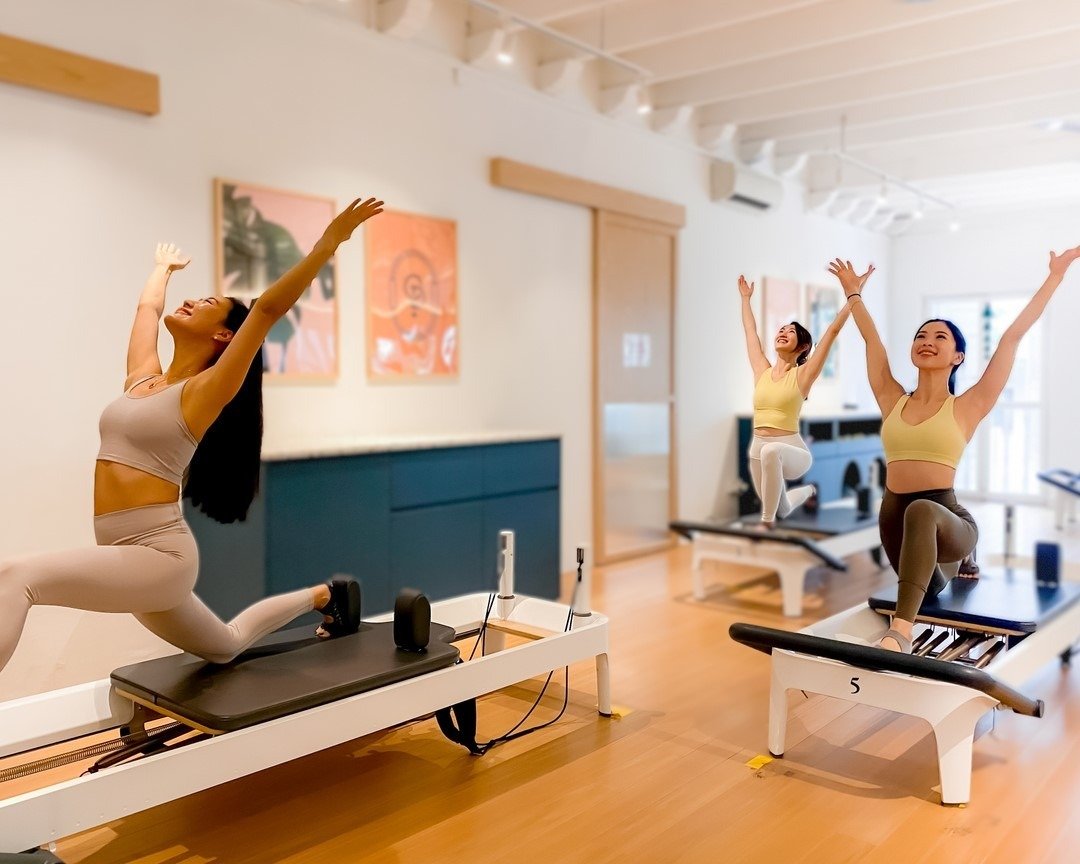5 simple tips for knee pain relief
We consult Aaron McCallum, expert physiotherapist at Physiofocus, on how to better manage and reduce knee pain
Text: Hui Yi Phua
Experiencing discomfort in your knees? You’re not the only one. Knee pain is known to be a common symptom among people of all ages. In fact, a study has shown that approximately 25% of adults experience frequent knee pains — wow! This symptom can fester feelings of frustrations and significantly reduce your quality of life, especially when it limits your daily movement and function.
In order to effectively tackle this problem, we consulted Aaron McCallum, an expert physiotherapist, on how to better manage and reduce knee pain.
credit: Physiofocus
What is knee pain?
It is typically described as an uncomfortable, stiff, achy, sharp feeling in the knee. This pain can be felt during activities that centre around movement, like climbing the stairs, running, or kneeling. There are a variety of sources for knee pain, such as contact sports injuries, falls, overtraining in sport, and wear and tear due to age. Often, these types of injuries can impose limitations on our daily activities.
Preventing knee injuries
There are many preventive measures to avoid knee injuries. The main three are:
1. A diverse training plan
Try cross training by switching up your training methods. Avoid repetitive motions that could over-stress your knees. Examples: a strengthening program, low impact exercise (pilates, etc.), stretching.
2. Take rest days
Resting is just as important as exercising. On these days, you can opt for lower-intensity activities like walking.
3. Warming up
It is good practice to warm up properly before any sport or exercise. This prepares your body for the stress of the activity you plan to do, and can significantly reduce risks of injuries. A good warm up routine should last 5-10 minutes (depending on the activity).
5 simple tips to manage your knee pain
1. Ice or Heat (depending on which feels more comfortable for you) your knee for 10-15 minutes.
2. Move and exercise the knee within your comfort zone. This also helps reduce the effects of deconditioning.
3. Complement your high-impact exercise with some low-impact training, such as walking, cycling, and weight training.
4. Reduce activities that require you to squat or kneel.
5. Seek help from professionals to understand the cause of your knee pain and learn useful habits and skills to improve your knee health.
If you do decide to consult a physiotherapist for your knee pain, try answering the following questions before your consultation to get the most of out it:
· When do you feel the pain? Before, during or after activity?
· Can you put your finger on the point of pain or does it feel like it covers a broader area?
· What reduces the pain?
· Is there any swelling, redness or heat coming from the knee?
· Does your knee; lock in position; give way; click (with pain)?
· Have you had previous injuries to your hip or ankle on the same side?
These answers can help guide your physiotherapist in identifying the source of your discomfort. This is an essential step in tailoring the most suitable stretching and strengthening programme for you and your sport.
Lastly, and most importantly, Aaron McCallum advises all who are seeking professional help for their knee pain to go for their consultation with an open mind and a willingness to play an active role in maintaining their knee health.
Aaron McCallum is a physiotherapist at Physiofocus who specialises in sports injuries, postural-related neck and back pain, and paediatric treatment. He is a fully registered member of the AHPC (Allied Health Professions Act) in Singapore and the HCPC (Health and Care Professions Council) in the UK. Aaron McCallum holds a Bachelor degree in Physiotherapy and several other related diplomas, including sports massage and acupuncture/dry needling. As a keen sports person himself, he is dedicated to spread the joy of exercise and well-being through his personalised assessment and treatment plans.












